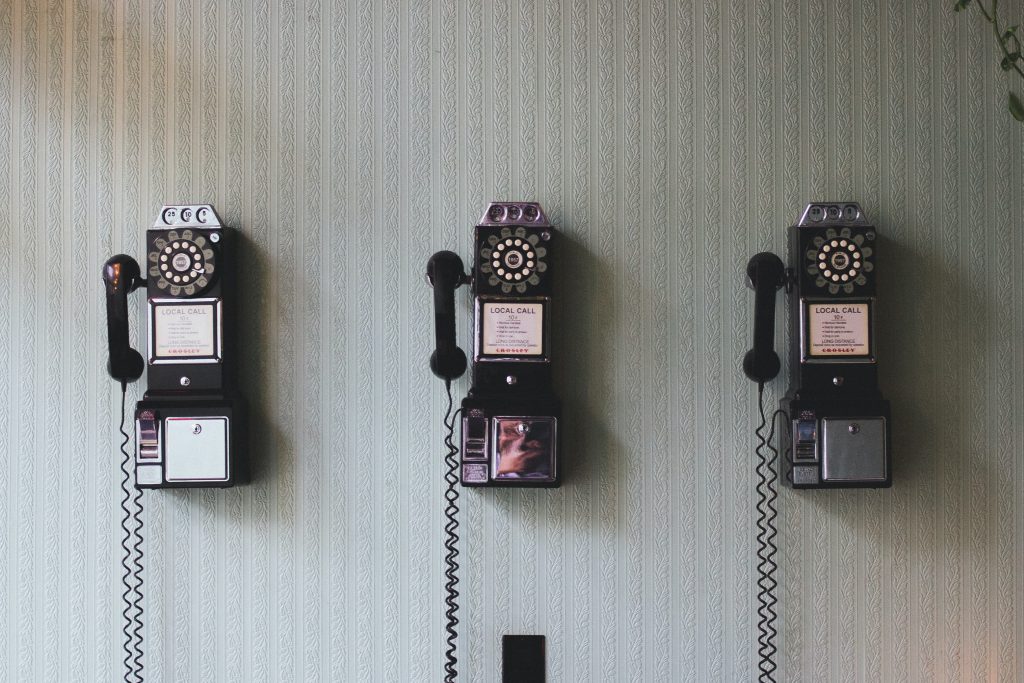By Carla Sridevi Cohen
My music teacher repeatedly reminds us that before we play a song on the keyboard, we need to know where we are starting and where we intend to go. We not only need to know the mechanics of how to place our fingers on the keyboard, but we decide ahead of time, the best way to move our fingers up and down through the notes.
I was self-taught on the keyboard many years ago, and I can truly say, having a teacher to show me how to move my fingers along the keyboard is priceless. As a result of her teaching, I not only have improved my skills, but my understanding and appreciation of music have also grown. I have learned that, depending on the notes and their arrangement, I will evoke different moods in myself and my audience. It seems so obvious, because I have experienced great music, bringing me to tears, but I never thought of myself as the person who might evoke such powerful emotions for someone else – taking them to a place of joy and peace.
Just as music can evoke a shared emotional experience; expressing emotions in day-to-day communication can cause other people to experience the same emotion simultaneously.
Expressing joy spreads more joy, expressing anger, spreads more anger, and so on. When we talk about the shared experience of emotions, it is not just about the notes or words, but how and where they are played.
Emotional Intelligence and human communication are both simple and complex – just like music. When we choose to communicate it is not as simple as just using a pile of words to get from A to B. We must decide ahead of time on the desired outcome – what mood are we looking to create, what words would serve us best, what location is best, what form of delivery (text, email, phone, in-person) and timing. In other words, for the best outcome, you need to practice Conversation Mapping. Conversations could really be thought of as compositions, leading both people to higher or lower states of consciousness.
The good news is that we are all unique, but our uniqueness creates challenges when we choose to communicate. Some of us are more auditory, some are more kinesthetic. The best way to maximize the intake of information is in person – face to face, so we have access to more “data.”

Have you noticed how some people make you feel energized or inspired, and others seem to pull you down?
These days, with methods of communication delivery being so technology-oriented, the personal touch is being lost in the name of efficiency. With the simple touch of a button, a message is off to its destination. While alacrity is advantageous in business, it is not so desirable in the realm of personal communication. It is easy to misconstrue a letter or a text since we cannot hear the tone or sense energy from the written word in the same way we do with a verbal exchange in the present moment.
Language can also be confusing when we are speaking about the written word versus text, email, or a letter – mostly because there is no tone to inform us about the feeling behind the communication. There are no visual cues like facial expressions to give us a deeper sense of meaning. When there is no face-to-face verbal exchange, there is no ability to clarify the intention or meaning. We can lose the emotional cues we need to process the incoming information.
Every emotion has a vibrational frequency. Our bodies are givers and receivers of an electromagnetic field, and we subconsciously use frequencies as information when we have a conversation with someone. Have you noticed how some people make you feel energized or inspired, and others seem to pull you down? This has to do with emotional frequencies. When two people are desiring to connect, they can literally experience something called brain coherence, where their brain’s electrical frequencies start to match the person they are communicating with. This same phenomenon of frequency matching happens when we listen to music as a group or have a positive conversation.
Do you know the difference between when you are experiencing an emotion or experiencing a thought that you are identifying as an emotion? Emotions are a physiological experience. In plain terms, if you do not literally feel something in your body, it is not a feeling. Here is a little science on how electrical vibrations act in the body when it comes to emotions.
I am summarising decades of research from Dr Candace Pert. The process goes something like this: on a micro level, ligands and cell receptors vibrate toward each other. The ligands are like keys, and they only fit into a lock designed specifically for them. When ligands and receptors bind, a chemical shift takes place creating an “emotional chord.” The chord is the result of a vibration. The emotional chord causes a chemical shift that ripples throughout the body affecting a variety of bodily functions. (Dr. Candace Pert, Molecules of Emotions 1991)

When I do my healing sessions with clients, I can feel body chemistry changing. As the body starts to re-arrange itself, the mind goes into an altered state while another shift takes place in the central nervous system. Once that occurs, there are changes in physical expression, as well as the texture of a client’s tissue. The changes can be micro or macro. Releasing emotions can show up like changes in temperature, streams of energy connecting, vibrations or a twitch.
Whether you understand you are thinking your way into a feeling or actually experiencing a feeling, how you express yourself is a product of your EQ (Emotional Intelligence.)
Emotionally intelligent people understand that how they express themselves and why they express themselves is key to successful relationships. It is not enough to have that awareness though, because our words and our emotions influence other people in a variety of powerful ways. Part of Emotional Intelligence is sensing what is going on with the person or persons you are interacting with.
Emotions have the power to build someone up, bring us closer, tear someone down or divide us. Here are some tips to help raise your EQ and make your communication a more conscious and unifying experience.
Creating Conscious Communication with Emotional Intelligence:
- Before communicating, think about whether what you are thinking of saying needs to be said.
- What is your motivation for the communication? Sometimes, what you perceive as helpful may feel like an intrusion on the other person.
- Get curious. Take the time to identify what emotion you are feeling,
- Take ownership of your phrasing by using “I responsible” language. For example, “My experience is…” “I feel …”. You can truly only authentically speak for yourself. Not taking ownership can make communication feel like an attack.
- Reflect on the outcome you would most like to have as a result of the exchange and plan your timing accordingly.
- Most importantly, give the other person a chance to communicate and challenge yourself to really listen to what they are saying. Don’t interrupt them for any reason, stay completely present, and leave a 10-second gap to allow them to complete before you respond.

The Ripple Effect
When a stone hits the water, our communication has a ripple effect that can extend out through many levels. Often, we have no idea of the true reverberations of what we say and do. Over my lifetime on the planet, I have given many talks and worked with many clients. I am always surprised by people coming up to me and telling me how something I said or did impacted them or inspired them. This is the ripple effect. I also have no idea of how many of those students impacted others differently because of the exchange they had with me – that is the ripple effect.
My spiritual teacher, Amma, teaches us to pray for the entire earth, for all the beings, the animals, the mountains, the forests, the lakes, rivers and oceans. You may ask why we need to pray for others in this way. She asks us to imagine that we are on the 6th floor of a building. Down on the first floor, a fire breaks out. If we ignore the fire, it will injure our neighbours. With the first floor on fire, the building may collapse, but even if it doesn’t the flames will eventually reach up to our floor. So, if we help those people down on the first floor, not only have we saved our neighbours, but ourselves as well. This is another demonstration of the ripple effect. What kind of ripples do you want to make?
About Carla Cohen

Carla Sridevi Cohen is an award-winning Embodied Emotional Intelligence Healer, Coach and best-selling author. She helps female entrepreneurs achieve wealth without sacrificing their health. She specialises in coaching female entrepreneurs who are struggling with persistent anxiety, stress and pain, to eliminate self-sabotaging thoughts and emotions, so they freely express their unique gifts, let go of pain; be more at peace, confident they can grow their financial independence, and live in greater self-love.
She is the Founder of Women’s Health Revolution, where she blends her business and shamanic backgrounds to achieve her vision of helping 200,000 women experience joy, new levels of success and abundance, emotional and physical health, without the use of drugs.
Edited by Sujany Baleswaran


